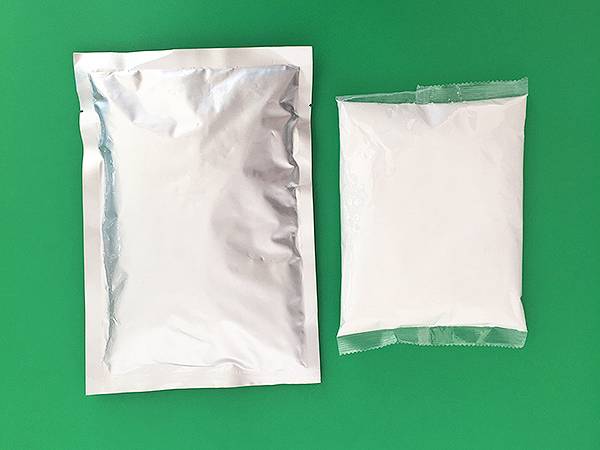



Understanding Standardized Sodium Hydroxide for Accurate Laboratory Measurements and Applications
Standardized Sodium Hydroxide A Cornerstone of Analytical Chemistry
Sodium hydroxide (NaOH), commonly known as lye or caustic soda, is a highly versatile chemical compound recognized for its fundamental role in various industrial applications. However, in the field of analytical chemistry, standardized sodium hydroxide is particularly invaluable. Its precise concentration enables accurate titrations, which are essential for determining the concentration of acidic solutions.
The standardization of sodium hydroxide involves determining its molar concentration through a methodical process, essential for obtaining reliable results in titrimetric analyses. Sodium hydroxide is hygroscopic, which means it absorbs moisture from the air and can alter its concentration if not handled properly. Therefore, a freshly prepared solution is often standardized using a primary standard, typically a solid acid such as potassium hydrogen phthalate (KHP). KHP is chosen due to its stability, non-hygroscopic nature, and known purity, making it an excellent reference.
To standardize NaOH, a known mass of KHP is dissolved in a specific volume of distilled water. This solution is then titrated with the sodium hydroxide until the endpoint is reached, which is usually indicated by a color change of an appropriate pH indicator, such as phenolphthalein. The reaction between KHP and NaOH is straightforward KHP (a monoprotic acid) reacts with NaOH to neutralize, producing water and salt. The precision of this reaction allows chemists to calculate the exact concentration of the sodium hydroxide solution. Typically, this procedure is conducted carefully, with multiple trials ensuring reproducibility and accuracy.
Accurate determination of the concentration of NaOH is vital for various applications beyond simple laboratory experiments. In pharmaceuticals, for instance, the concentration of active ingredients, which may be acidic or basic, can significantly affect the formulation and efficacy of medications. Similarly, in the food industry, sodium hydroxide is used in processes such as pH adjustment and saponification. A precise NaOH solution is crucial in ensuring that these processes generate safe and effective products for consumers.
standardized sodium hydroxide

Moreover, standardized sodium hydroxide finds extensive use in the titration of unknown concentrations of acids. For instance, in environmental chemistry, NaOH can be used to assess the acidity of water samples, helping to monitor pollution levels. Regulatory compliance in industries involved in waste management and manufacturing often mandates that pH levels of waste products must meet specific standards. The ability to accurately quantify acidity with standardized NaOH not only facilitates compliance but also promotes sustainable practices.
In an educational setting, the standardization of sodium hydroxide is an essential skill taught in chemistry courses. Students learn not only the theoretical principles behind acid-base reactions but also the practical skills needed to conduct experiments that yield reproducible results. This foundational knowledge is critical as it prepares future scientists for research, quality control, and various roles within industry sectors.
Despite its benefits, handling sodium hydroxide requires caution. As a strong base, it can cause severe burns and corrode tissues upon contact, necessitating appropriate safety measures during its use in laboratory and industrial settings. Adequate training in proper handling techniques, use of personal protective equipment, and understanding of emergency procedures are essential for all personnel working with NaOH.
In conclusion, standardized sodium hydroxide is a cornerstone of analytical chemistry and plays a pivotal role in a multitude of industries. Its precise standardization facilitates accurate chemical analyses, ensuring the quality and safety of products ranging from pharmaceuticals to food. As analytical techniques evolve and new applications for sodium hydroxide emerge, its importance in scientific research and industrial processes will undoubtedly continue to grow. Therefore, a thorough understanding of the standardization process and its implications is essential for anyone entering the field of chemistry.
-
Why Sodium Persulfate Is Everywhere NowNewsJul.07,2025
-
Why Polyacrylamide Is in High DemandNewsJul.07,2025
-
Understanding Paint Chemicals and Their ApplicationsNewsJul.07,2025
-
Smart Use Of Mining ChemicalsNewsJul.07,2025
-
Practical Uses of Potassium MonopersulfateNewsJul.07,2025
-
Agrochemicals In Real FarmingNewsJul.07,2025
-
Sodium Chlorite Hot UsesNewsJul.01,2025










